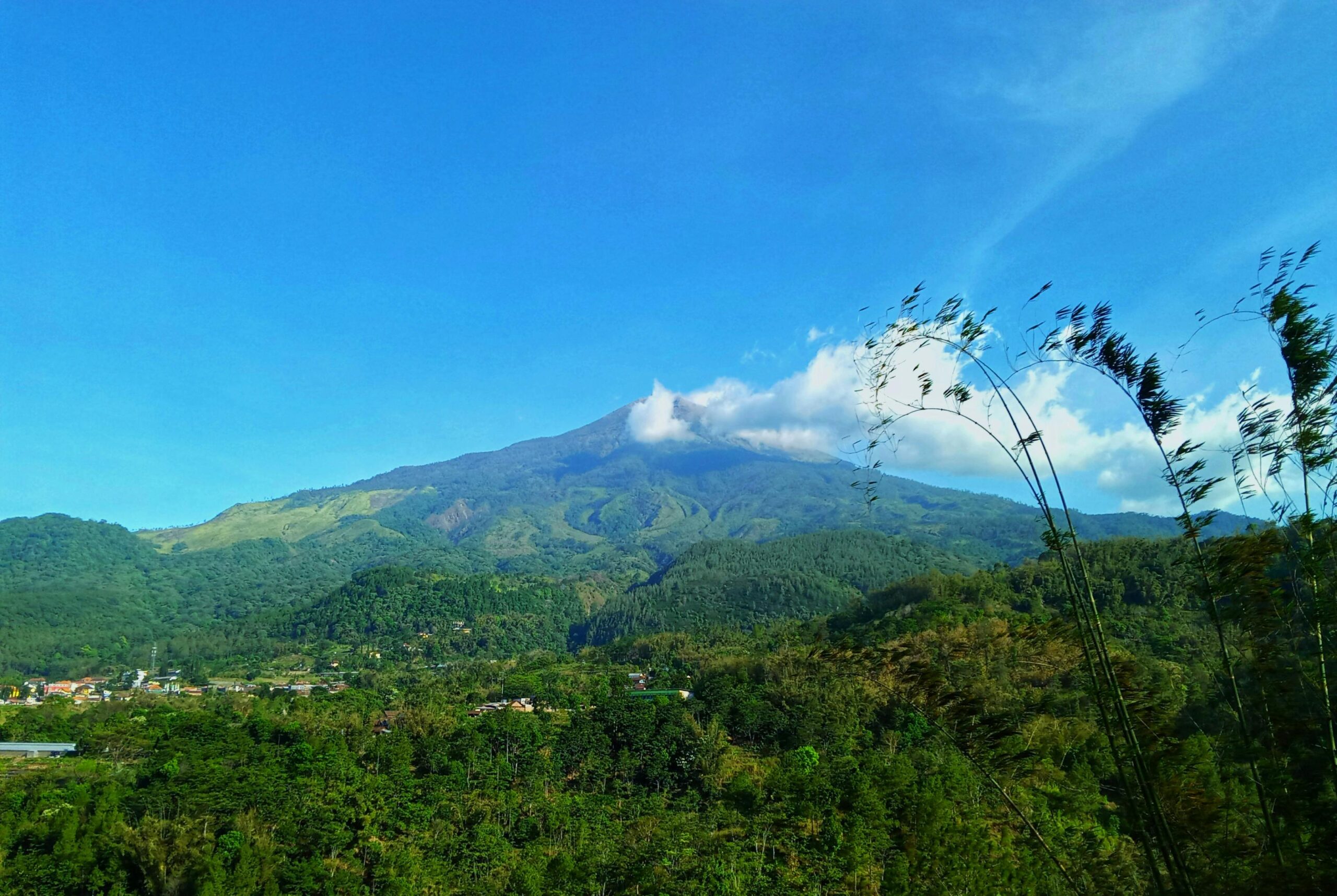In recent years, sustainable timber harvesting has emerged as a profitable mountain investment, offering a balance between economic gain and environmental responsibility. The increasing global demand for timber, paired with the growing focus on sustainability, has driven investors toward eco-friendly practices. For mountainous regions rich in forest resources, this practice not only yields financial benefits but also contributes to the conservation of natural ecosystems. Sustainable timber harvesting in the mountains presents a unique opportunity for investors to capitalize on nature while preserving it for future generations.
The Economic Potential of Sustainable Timber Harvesting
Sustainable timber harvesting, when done properly, ensures long-term productivity and profitability. Forests in mountainous areas provide high-quality timber, which is sought after in various industries, including construction, furniture, and paper production. By adhering to eco-friendly logging practices, such as selective cutting and replanting, forests can continuously regenerate, ensuring a consistent supply of timber for future use.
Mountain regions, with their rich biodiversity and slow-growing trees, often yield timber of superior quality. This increases its market value, making it an attractive investment. Furthermore, sustainable methods minimize the environmental footprint, making the investment more appealing to eco-conscious consumers and stakeholders. The initial cost of establishing sustainable practices may be higher, but the long-term financial returns and positive environmental impact make it worthwhile.
Environmental Benefits of Sustainable Timber Harvesting
Investing in sustainable timber harvesting in mountain regions helps to combat deforestation and preserve ecosystems. Traditional logging practices often lead to soil degradation, loss of biodiversity, and increased greenhouse gas emissions. However, sustainable practices aim to minimize these negative effects. By allowing forests to regenerate naturally or through reforestation, investors ensure that timber supplies remain available for decades to come.
Additionally, sustainable harvesting helps maintain the health of watersheds in mountainous regions. Healthy forests act as natural barriers, preventing soil erosion and protecting water sources. This is crucial for both the local wildlife and the human communities that depend on these water resources. Timber harvested through sustainable methods is also often certified by global organizations, giving it higher market value and consumer trust.
Legal and Certification Standards
Before embarking on a profitable mountain investment in sustainable timber harvesting, it’s important to understand the legal frameworks and certification standards that regulate the industry. Governments in many countries have implemented stringent regulations to ensure sustainable forest management. Additionally, certifications from organizations like the Forest Stewardship Council (FSC) provide investors with proof that the timber was harvested responsibly.
Investors should ensure that their timber harvesting operations meet these legal requirements and pursue certification to enhance their market reputation. Certification not only helps with legal compliance but also makes the timber more attractive to global markets, which increasingly demand sustainability in their supply chains.
Long-term Investment Strategies
One of the keys to profitable mountain investment in sustainable timber harvesting is adopting long-term strategies. Forests require time to regenerate, meaning that a quick return on investment is unlikely. However, investors who are patient and committed to maintaining sustainable practices will find that the rewards are greater in the long run. With global demand for timber increasing, those who have maintained a steady supply through responsible harvesting will be well-positioned to meet market needs.
Diversifying timber products, such as focusing on both hardwoods and softwoods or expanding into value-added products like engineered wood, can also enhance profitability. Furthermore, partnerships with local communities and conservation organizations can boost social and environmental credibility, making the investment even more attractive to stakeholders.
Overcoming Challenges in Mountain Timber Harvesting
While sustainable timber harvesting offers many benefits, it is not without its challenges. Mountainous regions often present difficult terrain and harsh weather conditions, which can complicate logging operations. Ensuring that sustainable practices are followed in such challenging environments requires careful planning and the use of advanced technology, such as drones and GIS (Geographic Information Systems), to monitor forest health and manage resources effectively.
Another challenge is the upfront cost of adopting sustainable methods. However, governments and international organizations often provide grants or financial incentives to encourage sustainable practices, making it easier for investors to bear the initial financial burden. Moreover, as climate change concerns grow, the demand for sustainably harvested timber is expected to rise, providing a lucrative market for those who invest in it.
Social and Cultural Considerations
Mountain regions are often home to indigenous communities that have depended on forests for generations. Investors in sustainable timber harvesting must consider the social and cultural implications of their activities. Engaging with local communities and ensuring that they benefit from the investment can help foster positive relationships and enhance the sustainability of the project.
Community-based forestry, where local residents are involved in the management and harvesting of timber, is one way to ensure that both economic and social benefits are shared. This approach not only boosts the local economy but also helps preserve cultural traditions and practices that are deeply tied to the forests.
Conclusion
Sustainable timber harvesting in mountain regions presents a profitable and environmentally responsible investment opportunity. By adhering to sustainable practices, investors can ensure long-term profitability while preserving the natural beauty and resources of mountainous forests. With global demand for sustainable products on the rise, this sector offers promising potential for those willing to commit to eco-friendly and socially conscious business models.
FAQ
Q: What is sustainable timber harvesting?
A: Sustainable timber harvesting is the practice of extracting timber from forests in a way that ensures the long-term health of the ecosystem. This involves methods like selective logging, replanting, and minimizing damage to the surrounding environment.
Q: Why is timber from mountain regions valuable?
A: Timber from mountain regions is often slow-growing and high in quality, making it sought after for its durability and strength. This increases its market value, especially in industries like construction and furniture.
Q: How does sustainable timber harvesting benefit the environment?
A: Sustainable harvesting helps prevent deforestation, soil degradation, and loss of biodiversity. It also maintains healthy forests, which are crucial for protecting water sources and reducing greenhouse gas emissions.
Q: What are the challenges of sustainable timber harvesting in mountain areas?
A: The challenges include difficult terrain, harsh weather conditions, and the higher upfront costs associated with sustainable practices. However, these can be mitigated through careful planning and the use of advanced technologies.
Q: Is sustainable timber harvesting a good investment?
A: Yes, it is a profitable long-term investment, especially with the increasing global demand for sustainable products. Investors who commit to eco-friendly practices can enjoy both financial and environmental returns.




